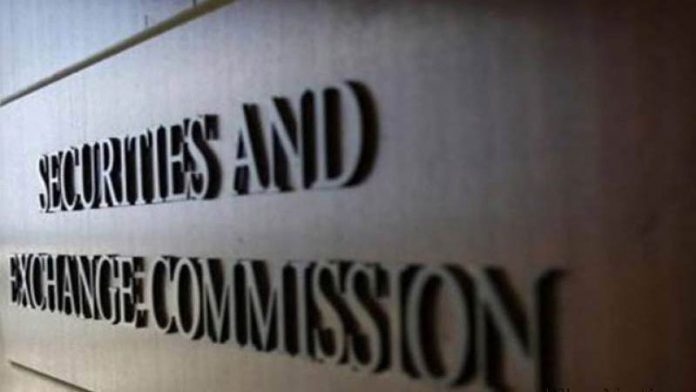ISLAMABAD: Digital nano lending apps in the recent past have come under the hammer for unfair and exorbitant profiteering through interest. While the regulator, the Securities and Exchange Commission of Pakistan (SECP) has taken every step to ensure that unregistered apps are taken off the internet, there was a glaring question mark on the amount that the already registered Non-Banking Financial Companies (NBFCs) could charge. Owing to recent incidents involving registered NBFCs charging high rates, the SECP has finally answered the issue of exorbitant rates on nano-loans through a circular.
In what is meant to be a move to ensure responsible lending and consumer safety, the Securities and Exchange Commission of Pakistan (SECP) issued a set of requirements for Non-Banking Financial Companies (NBFCs) offering digital personal loans via mobile applications.
As per an official statement, requirements set a maximum limit for the profit rate that can be charged by a nanolender to the borrower. The total cost cap for nano loans will encompass all associated fees, including processing charges, service fees, verification fees, loan handling fees, interest charges, late payment penalties, and any other applicable charges. According to the aforementioned circular, the cumulative price of a loan shall not exceed the aggregate amount of the principal loan amount.
Moreover, limits have been set for loan rollover. To ensure the uniformity and standardization for the profit rate calculation formulas and brief illustration has been specified in the circular issued by SECP. The SECP has capped the Annualized Profit Rate (APR) on nano loans at 10 times the policy rate.
At present this stands at 220% per year. The policy rate at the time of borrowing would stand to serve as the benchmark figure, in the case of a change in monetary policy, during the stipulated time. It is pertinent to note here that leading EMI’s, for similar nano-loans, charge in excess of 250% APR, as per SECP’s calculation metric, and have been doing so since before the policy rate was at 22%.
According to the SECP, it is actively evaluating and adapting policies to improve financial access and combat manipulative business practices. The measures, developed through consultation with stakeholders and industry participants, aim to balance financial inclusion and consumer protection against excessive debt burden.
























